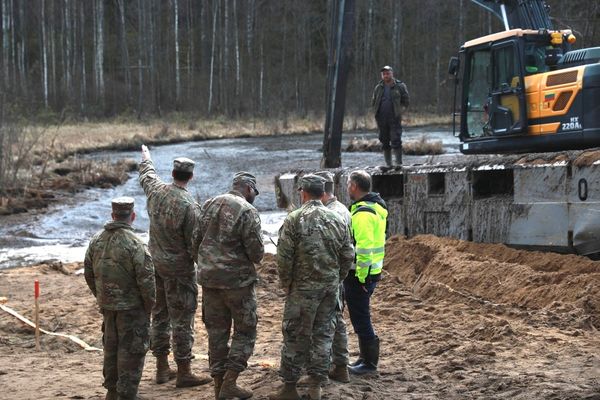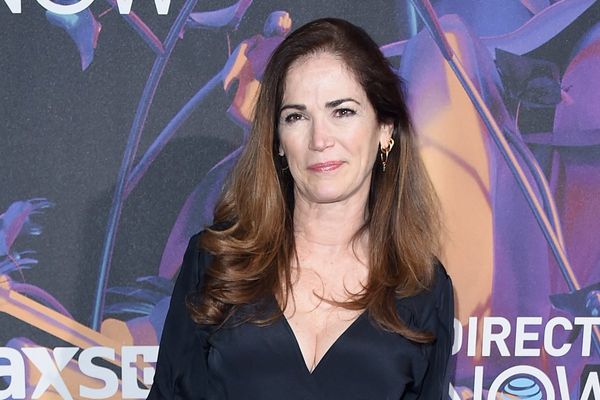
Prosecutors in California secured the conviction of a 1980s double murderer after the first use by Los Angeles county detectives of online genealogical databases to identify a suspect.
Horace Van Vaultz, now 67, killed Selena Keough, 20, in Montclair in 1981, and Mary Duggan, 22, in Burbank in 1986, but escaped justice for 36 years until investigators were able to link him to DNA from the victims.
“Using the latest in technology and forensics, we were able to secure a conviction against someone who targeted young women,” said the Los Angeles county district attorney, George Gascón.
“I hope that today’s guilty verdict provides some comfort to the victims’ families who have waited more than three decades to see this result.”
Gascón said agents from the FBI forensic genetic genealogy team assisted the inquiry.
In 2006, detectives discovered that a DNA profile from Duggan’s murder uploaded to a law enforcement database matched one from Keough’s.
But it was another 12 years, following advances in technology, before detectives could identify a suspect, using genealogy websites in a search for relatives of the perpetrator.
A Burbank police department detective, Aaron Kay, told NBC Los Angeles in 2020 that the capture of the so-called Golden State Killer two years earlier was inspirational.
“That was big news, because now there was a different way of using the suspect’s DNA to try to identify him,” he said.
The search began in law enforcement DNA files, then in genealogical data online. Detectives formed a list of suspects and looked closely at Vaultz because of his age and where he lived at the time of the murders.
“I remember when I saw his name, then I saw some of the things that were contributing to my suspicion of him, I got excited,” Kay said.
Jurors rejected the arguments of Vaultz’s lawyers that he had consensual sex with the women but somebody else killed them.
“To believe the defendant’s story, you’d have to throw out all your common sense,” assistant district attorney Beth Silverman told the court.
“You’d have to believe this defendant is the most unlucky person on the planet … that the defendant, who’s having sex with all these women, is just being followed around by a serial killer.”
DNA evidence, detectives said, linked Vaultz to the 1986 murder of a third woman, Janna Rowe, 25. As he was acquitted in that case two years later, he cannot be retried.







